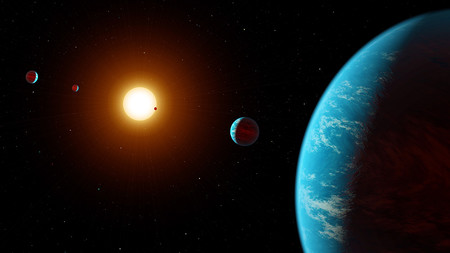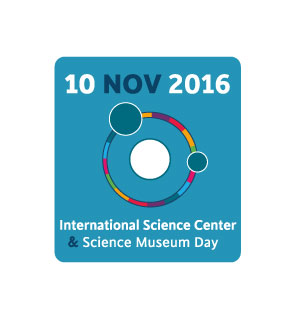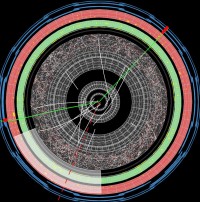Tag archives: citizen science
Citizen science, astronaut growth, water-flipping physics

Planet hunting (courtesy: NASA/JPL-Caltech/R. Hurt)
By Michael Banks
This week the American Astronomical Society is meeting in Washington, D.C. At the conference it was announced yesterday that a citizen-scientist project called Exoplanet Explorers had used data from the Kepler mission to detect a new five-planet system.
The 27 authors include, among others, the astronomer and broadcaster Chris Lintott and the particle physicist and broadcaster Brian Cox. Exoplanet Explorers was featured prominently on the Australian TV show Stargazing Live in April and another author on the paper is the Australian TV presenter Julia Zemiro, who is affiliated with the Australian Broadcasting Corporation. You can read the paper here. (more…)
View all posts by this author | View this author's profile
Newton’s apple pips to form UK orchard
By Matin Durrani
Today is not only World Science Day for Peace and Development (come on, don’t tell me you didn’t know) but also the world’s first ever International Science Center and Science Museum Day, which goes by the clunky acronym ISCSMD.
The grandiosely titled day seeks to “create new ways for our institutions to proactively address global sustainability while reaching increasingly diverse audiences”.
Building on UNESCO’s theme of “science for peace and development”, outcomes from the day’s events and discussions will be presented at the Science Centre World Summit 2017 in Tokyo next November.
View all posts by this author | View this author's profile
Become a CERN physicist in your bedroom
By James Dacey
Who discovered the Higgs boson? Was it Peter Higgs and a combination of other great minds? The experimentalists at CERN who analysed reams of data? The magnificent machinery of the Large Hadron Collider (LHC) itself? By the time that the next great breakthrough in particle physics comes along, the debate about who makes the discovery could become even more complex. That’s because a new citizen-science project is encouraging anyone with an Internet connection to search for new curiosities in the Higgs data.
“Higgs Hunters” launched this week and invites the public to sift through collision images from the LHC’s ATLAS detector. The task at hand is to look for the paths of charged particles that seem to appear out of thin air in what are known as off-centre vertices. As explained on the Higgs Hunters website, “some scientists think the Higgs could break apart into exotic particles entirely new to science”. On the Higgs Hunters website, citizen scientists help to count the number of particle tracks and can notify the science team if they spot anything out of the ordinary.
View all posts by this author | View this author's profile

